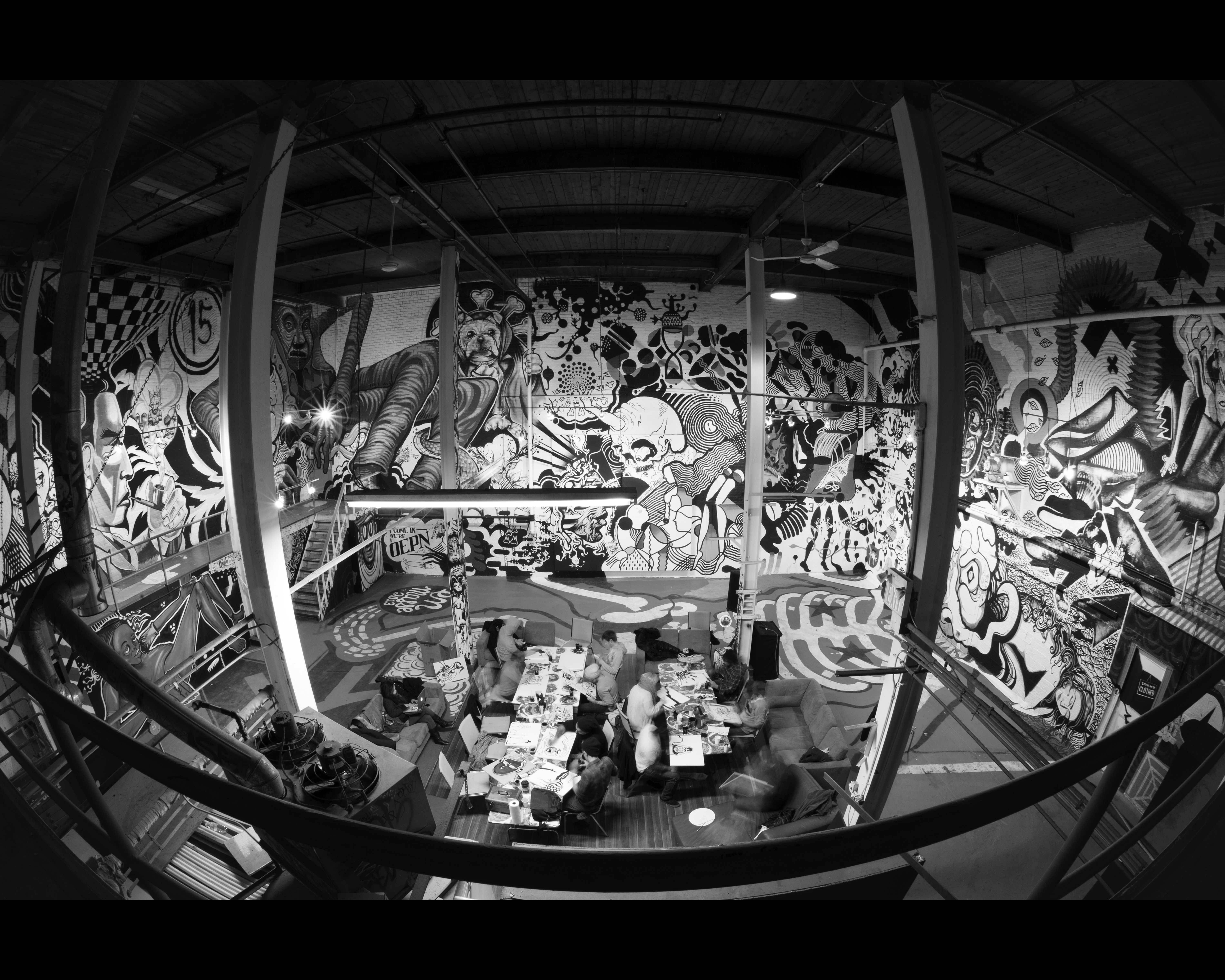Since 1996, the year Winnipeg lost its beloved professional hockey team, the most popular and polarizing topic of sports bar conversation has been: “Will the NHL ever return to Winnipeg?”
There are two types of people that take part in this conversation: the eternal optimist and the stereotypical Winnipeg pessimist. I proudly consider myself an eternal optimist when it comes to Winnipeg sports, but especially in relation to the NHL’s return to my fair city. Both the city and the NHL have changed since we lost our franchise and, under the current climate, the time is now for our city to re-emerge in the NHL.
Consider the state that Winnipeg Jets owner Barry Shenkarow found himself in back in 1996. The team was playing out of the dilapidated Winnipeg Arena, which featured many seats with obstructed or unfavorable sight lines. Owned and operated by Winnipeg Enterprises Corp. (WEC), Shenkarow was forced to pay lease fees to WEC for use of the arena. As player salaries increased and the Canadian dollar plummeted, the outlook for the team’s longevity in Winnipeg was bleak, especially without a new arena or lease agreement in place.
By the early 1990s, the glory days of the WHA-era Jets were all but fond memories. The Jets struggled to adapt to the changing landscape of professional hockey and found it increasingly difficult to break even financially. Reluctancy and infighting amongst all levels of government, local business leaders and Shenkarow’s group of investors in discussions about investing in a desperately needed new arena meant that by 1995, potential relocation to a market in the U.S. became an all too real scenario.
A last ditch grassroots effort was organized, culminating in a huge rally and telethon at the Forks, where an estimated 35,000 or more Winnipeg hockey fans showed up to show their support and give whatever money they could to help cover the losses and keep the team in the city for one more year. With the government and local business leaders unwilling or unable to come up with a workable deal to keep the team in Winnipeg, the Jets were relocated to Phoenix and became the Phoenix Coyotes.
Sometimes it feels like most Winnipeggers are stuck thinking that nothing has changed since 1996. Despite the growth of the city, both demographically and corporately, many folks are either completely against the NHL returning or they simply refuse to believe that it could happen or could be sustainable. They seem to overlook just how ready this city, and more specifically, the ownership group that would be in charge of running an NHL franchise in Winnipeg, has become over the past 15 years.
Enter Mark Chipman, CEO of True North Sports Entertainment (TNSE), the company largely responsible for the downtown-located, NHL-approved MTS Centre arena. Chipman has proven his business savvy by purchasing the Minnesota Moose, a then IHL franchise, and moving the team to Winnipeg for the year immediately following the Jets’ departure. He successfully transitioned the Manitoba Moose over to the AHL when the IHL folded, becoming the official farm-team for the Vancouver Canucks, and has created a surefire business model that has lead to the franchise to become one of the most profitable and well-attended AHL franchises.
Detractors will say that the MTS Centre is too small for the NHL, and at just over 15,000 seats, it would be the lowest-capacity arena in the league. While it’s a valid point to make, it becomes a moot one when nearly one third of NHL franchises have not averaged 15,000 fans per game in 2010-11. The bottom three (New York Islanders, Phoenix Coyotes and Atlanta Thrashers) are at 70 per cent capacity or less on any given night, and this despite offering incredibly generous giveaways and promotions.
Another comment I’ve heard is that there’s no way that any Winnipeg owner could afford to pay NHL salaries these days. If this were still 1996, and the WEC was still running our arena, maybe this would be a valid argument. But this is where Chipman and TNSE’s true business brilliance is on display; not only are they able to capitalize on the revenue from game day concessions, concerts and other events held at the MTS Centre, but they’ve also shown that they plan to buy up and redevelop existing buildings surrounding the arena that would become year-round revenue streams. The most recent example is the exhibition hall that was opened just across Portage Avenue, opposite the MTS Centre. With fascinating exhibits like Bodies and the Titanic exhibit drawing thousands of paying customers every day, the TNSE has taken a great first step into transforming the area around the MTS Centre into another great attraction for folks visiting from out of town to check out.
Oh, and not to mention that the chairman of Thomson Reuters media outlet and the 20th richest man in the world, David Thomson, is reported to be a financial partner of TNSE. There are a lot of very rich, very smart businessmen in charge here.
Finally, I’ve had people tell me that the Jets left because no one cared enough. If this is true, why do I still see people proudly wearing toques, jackets and shirts featuring a Winnipeg Jets logo? Like it or not, the Winnipeg Jets are a part of our city’s heritage and always will be. At the moment, the situation for a sustainable NHL team in Winnipeg is possibly as good as it’s ever been. If and when a team returns, regardless of what they are called, bet your bottom dollar that there will be the familiar chant of “Go Jets go!” when the boys hit the ice at the MTS Centre.




